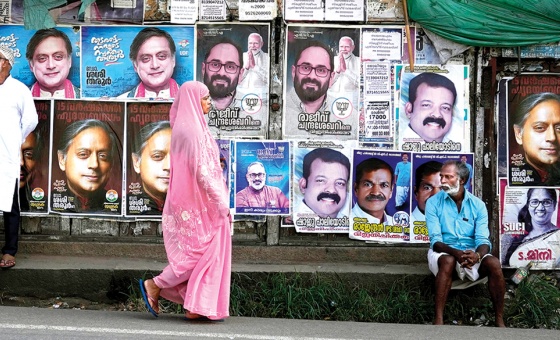This is the last article you can read this month
You can read more article this month
You can read more articles this month
Sorry your limit is up for this month
Reset on:
Please help support the Morning Star by subscribing here
The Welsh in Liverpool: A Remarkable History
by D Ben Rees
(Y Lolfa, £19.99)
WHAT do you know about the relationship between Wales and Liverpool?
Let me guess. Liverpool FC legend Emlyn Hughes — from Barrow-in-Furness but whose dad was from Llanelli — actor Nerys Hughes of The Liver Birds and the “Welsh” streets, famous mainly because Ringo Starr lived in one of them.
Or perhaps you know your Welsh Patagonia history, that the clipper Mimosa sailed from Liverpool in 1865, carrying around 153 settlers to the Chubut Valley in Argentina.
If you know more than this, you’re something of an expert, though not beside the Reverend D Ben Rees, who has authored dozens of papers and books on the subject of his fellow Welsh people and Merseyside, where he has lived and preached for more than half a century.
As he explains up front, historians of the city have tended to emphasise the contribution of the Irish, and to a large extent the Welsh were ignored, as their efforts were focused on chapel and family life. Only a few ventured into the hurly-burly of city politics, where the Irish were much more prominent.
His latest book is not a rolling narrative but a chronological encyclopaedia, taking readers from the Norman conquest to today in a series of gobbets and short monographs and covering everything from eccentric immigrants to leading merchants and traders to crooks.
If somewhat bitty, Rees’s prose is easy and conversational and, turning the pages, you can piece together a story of hardship, enterprise, industry and creativity.
Welsh visionaries were involved in building the stations on the epoch-making Liverpool & Manchester Railway, Welsh workers staffed the spinning frames in Kirkman’s Union Cotton Mill in Kirkdale.
Welsh sailors shipped copper up the Mersey to the foundries of St Helens and Liverpool was a centre for Welsh publishing in both the English and Welsh languages.
Anyone writing on Liverpool has to include football. Everton seems to have won the cup for Welsh connections, thanks to Gary Speed, Neville Southall and Gladwys Street — named after the saint, presumably — I was left wondering though whether another Anfield legend, Cardiffian John Toshack, might disagree.
Interestingly, the book jacket is in LFC cherry red, while the earlier Welsh-language edition is in Toffee blue.
But it is religion, and the chapel culture, that predominate as the enduring themes of this book. Chapels were a patch of homeland in a very large, bustling, maritime and mercantile city and they gave “physical, spiritual, emotional and cultural” support, Rees writes. “Their significance cannot be overestimated.”
Strong on dates, facts, names and institutions, The Welsh in Liverpool pieces together a fascinating story about an overlooked community in a city that has long welcomed incomers from near and far.
A shorter, more flowing version would be welcome to non-specialists, but this comprehensive survey will be of immense value to future researchers and to the descendants of the Welsh-Liverpudlian pioneers.











